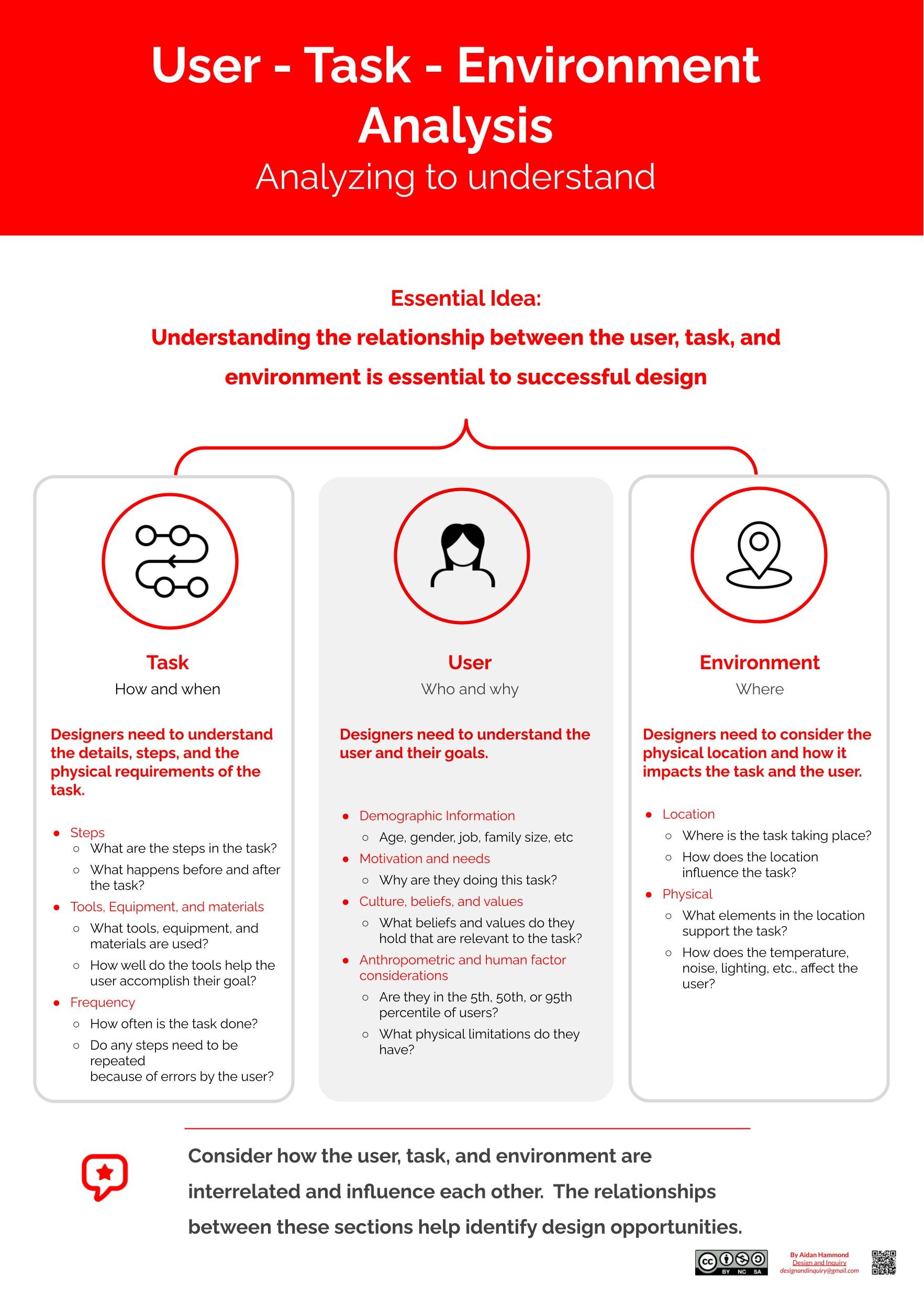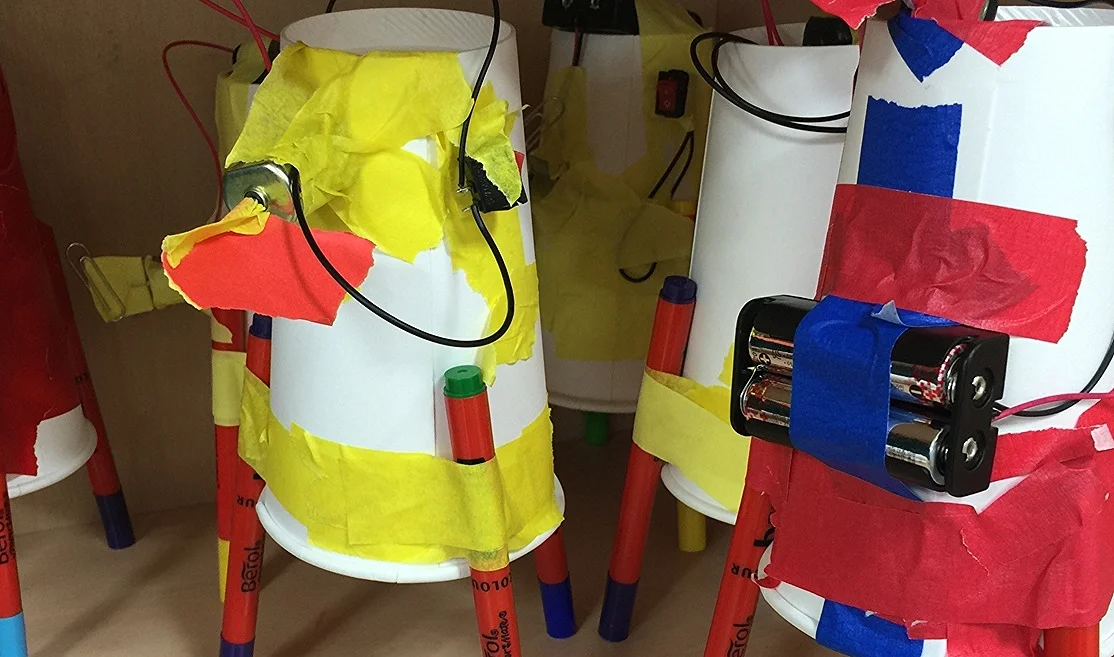Design and Technology
...the AI tool becomes integrated into the learning experience, creating a more holistic and effective learning experience, combining the strengths of human-led instruction with the capabilities of AI to support active learning, retrieval practice, and direct instruction.
One of the most powerful features of Miro is its ability to create a public workspace where students can see and interact with each other's work. We’ve really leveraged this and it’s changed the way we are approaching the portfolio.
Being able to access content and context of a design opportunity is essential for a successful design inquiry. Design inquiries are more process than content driven, requiring students to draw upon their background knowledge and prior experiences, as well as understand the nuances of the design opportunity. As the majority of learners in our program are English language learners (ELLs), accessing this knowledge and experience.
This year’s iteration presented us with the option of developing and iterating the unit. One of the key tools we used was Miro, an online collaboration tool, to structure, deliver, and guide the inquiry. We had about 90 students working on this task over three days. They worked in teams to learn about biomimicry, research into a problem, and develop a nature-inspired solution.
Opening up our gradebooks and sharing our assessment practices is an important way to reflect and learn about our teaching practice. In a program with multiple teachers for each grade level, being able to share our practice and get feedback on what is happening in our individual classrooms helps us as a team develop a more appropriate, rigorous, and consistent assessment standards.
Empathy is the driving force behind a successful design thinking project. Understanding the needs of the user is the key to successful design.
The solution is not simply lying there among the data, like the dog among the spots in the well known perceptual puzzle; it has to be actively constructed by the designers own efforts.






















































As design educators, we constantly strive to deliver a rigorous, authentic, and relevant curriculum that fosters critical thinking and creative problem-solving. In our experience at BHA, we've found that refining the MYP Design curriculum can significantly enhance student learning and engagement.